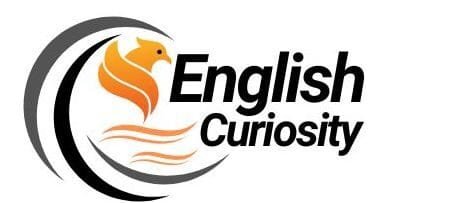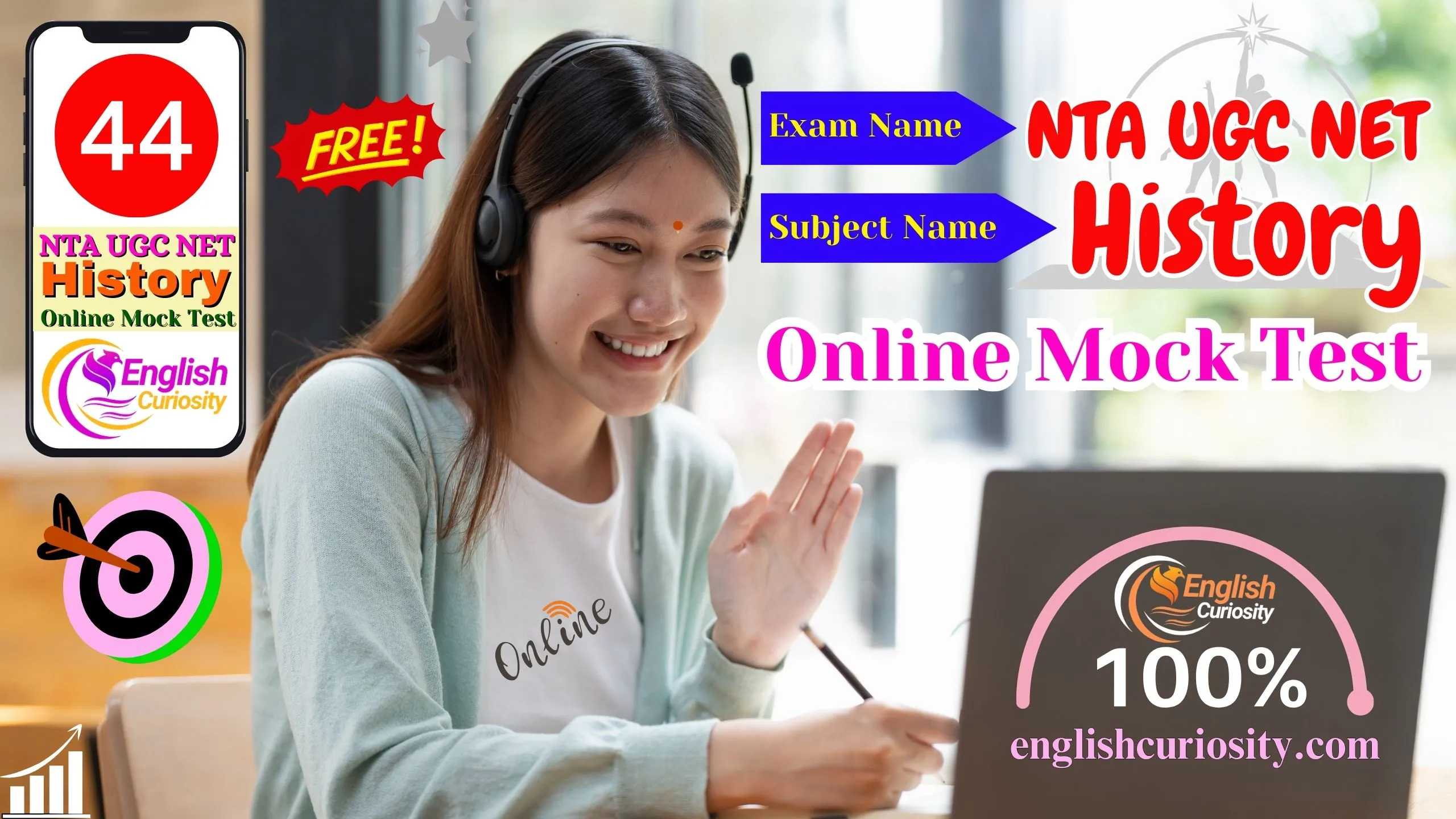2025 NTA UGC Net History Online Mock Test 44 held in India: 25 multiple-question answers from the history topic of the UGC NET Exam are given below.
NTA UGC Net History Online Mock Test 44
1. Which of the following pairs is correctly matched?
- (a) Purushapura – Satavahanas
- (b) Sakala – Indo-Greeks
- (c) Pratishthana – Shungas
- (d) Pataliputra – Shakas
2. What is the difference between the niravasita and aniravasita categories?
- (a) niravasita’s polluting effect could be reversed whereas that of aniravasita’s could not be reversed
- (b) niravasitas were of non-Indian origin whereas aniravasitas were of Indian origin
- (c) niravasitas could attain the status of a higher varna whereas aniravasita could not
- (d) niravasita belonged to vaishya category whereas aniravasita belonged to shudra category
3. Which of the following is not true about the state formation under the Satavahanas in the Deccan?
- (a) It was the result of a continuous process
- (b) The influence of Mauryan state system
- (c) The introduction of the northern material culture
- (d) The result of a sudden outburst of activities
4. Which of the following was an important wool making centre?
- (a) Karimnagar
- (b) Uddiyan
- (c) Tamluk
- (d) Arikamedu
5. Which of the following was the shortest passage between the Indian ocean and Indo-Chinese mainland?
- (a) Tun-Sun
- (b) Takkola
- (c) Isthmus of Kra
- (d) Kadaram
For questions from number 6 to 10 :
Mark:
- (a) If both A and R are correct, R being the correct explanation of A.
- (b) If both A and R are correct but R is not the correct explanation of A.
- (c) If A is correct but R is wrong.
- (d) If A is wrong but R is correct.
6. Assertion (A): The traders usually moved in caravans.
Reason (R): Dangers and uncertainties involved in long distance travel compelled them to go together.
| (a) | (b) | (c) | (d) |
7. Assertion (A): The trade between India and the Mediterranean countries was brisk during certain parts of the first century BC.
Reason (R): This situation arose following the discovery of Hippalus.
| (a) | (b) | (c) | (d) |
8. Assertion (A): The guilds had grown in power and prestige during the early historical period.
Reason (R): The status of vaisya had come down during the same period.
| (a) | (b) | (c) | (d) |
9. Assertion (A): In the beginning the major part of the Roman trade seems to have been by land.
Reason (R): The movement of the Sakas Parthians and Kushanas which began in the first century BC put an end to this trade.
| (a) | (b) | (c) | (d) |
10. Assertion (A): The Kushanas proclaimed association of divine elments with the rulers.
Reason (R): This was done to counterbalance the centrifugal forces operating during the early historical period.
| (a) | (b) | (c) | (d) |
11. Match list ‘A’ with list ‘B’ and choose the correct answer from the codes given below:
| List ‘A’ | List ‘B’ |
|---|---|
| 1. Audumbaras | A. Between Sutlej and Yamuna |
| 2. Kunindas | B. Between Ravi and Sutlej |
| 3. Trigartas | C. Between Ravi and Beas |
| 4. Yaudheyas | D. Between Beas and Yamuna |
Codes:
| – | 1 | 2 | 3 | 4 |
|---|---|---|---|---|
| (a) | A | B | C | D |
| (b) | C | D | B | A |
| (c) | D | C | A | B |
| (d) | A | C | B | D |
12. Which of the following was not one of the conventional checks on a king’s power?
- (a) Customs
- (b) Maxims of the wise
- (c) Occasional intercessions of the ministers
- (d) Dictates of the priests
13. The last anthology or group of Sangam literature, known as ‘Ten Idylls’, is:
- (a) Tokappiyam
- (b) Kural
- (c) Manimekalai
- (d) Pattupattu
14. Which of the following dynasties were constantly at war with the Cheras during the later Sangam Age?
- (a) Chola
- (b) Pandya
- (c) Ikshvaku
- (d) Pallava
15. The centre of Sangam literature and the patrons of Sangam poets were:
- (a) The Cheras of Vanji
- (b) The Cholas of Uraiyur
- (c) The Pandyas of Madurai
- (d) All the above
16. Which of the following does not testify to the impact of Aryan culture on the Sangam Age?
- (a) Incorporation of Sanskritic ideas into Sangam literature
- (b) The anxiety to connect the local dynasties with the events of Mahabharata
- (c) The worship of the forest tree and animal deities
- (d) The concept of marriage as a sacrament attended with rituals
17. The basis, on which the chronology or period of the Sangam literature is fixed between the first to third century AD, is:
- (a) King Gajabahu I of Sri Lanka was contemporary of the Chera monarch Senaguttuvan
- (b) Striking similarity between the Sangam poems and the Greco-Roman accounts on trade
- (c) Both (a) and (b) above
- (d) Reference to the ‘Chola-Chera-Pandya’ kingdoms in Asokan edicts
18. Which of the following was not one of the royal dynasties of the Tamil country during the Sangam Age?
- (a) Pandya
- (b) Pallava
- (c) Chera
- (d) Chola
19. Which of the following was not one of the ideas of Sanskrit literature incorporated into Sangam literature?
- (a) Worship of Indra as the principal deity
- (b) Arundhati as the ideal of chastity
- (c) The concept of three-fold debt (rinatraya) of man
- (d) Uttara-Kuru (northern country) as a land of perpetual enjoyment
20. Which of the following is not a great epic of the Sangam literature?
- (a) Silappadikaram
- (b) Manimekalai
- (c) Pattupattu
- (d) All the above
21. The Greco-Roman merchants visiting South India during the Sangam Age were referred to in the Tamil literature as:
- (a) Yavanas
- (b) Pahalvas
- (c) Yauvanas
- (d) Ayyavanas
22. To which of the following dynasties did Karikala, the famous king of this period, belong?
- (a) Chera
- (b) Chola
- (c) Pandya
- (d) Pallava
23. Which of the following products of the Sangam Age is considered to be the brightest gem of ancient Tamil literature?
- (a) Tokappiyam
- (b) Padinenkilkanakku
- (c) Silappadikaram
- (d) Pattupattu
24. Which of the following statement about the institution of kingship during this period is not correct?
- (a) The form of government was hereditary monarchy
- (b) The king, whose conquering expedition (march of Digvijaya) was led by a mysterious wheel of gold and gem, was called Chakravartin
- (c) The crown prince was called Komahan
- (d) In the Sangam literature we come across numerous instances of women rulers
25. The word ‘Sangam’ is associated in Tamil history with:
- (a) The literature produced during the reign of the great Pallava dynasty of Kanchi
- (b) The poems written in praise of the Pandyan kings of the early Christian era
- (c) The court poetry of Chola kings who were famous for patronizing artists
- (d) A college or assembly (literary academy) of Tamil scholars held under the royal patronage of Pandyan kings at Madurai
1-b, 2- a, 3-d, 4-b, 5-c, 6-a, 7-a, 8-b, 9-a, 10-a, 11-b, 12-d, 13-d, 14-b, 15-c, 16-c, 17-c, 18-b, 19-a, 20-c, 21-a, 22-b, 23-c, 24-d, 25-d

